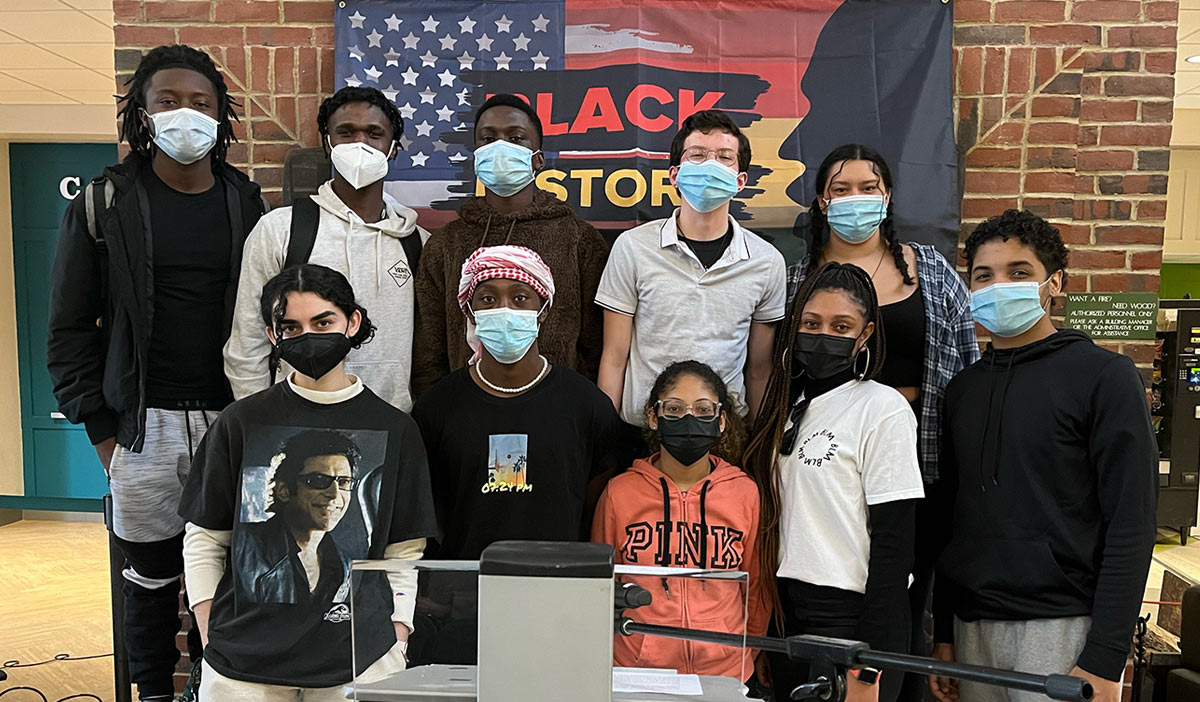 Our Welcoming Community
Our Welcoming Community
Back in the late 1970s, Professor Michael Fischler had a student in his cultural diversity class who experienced racial bias on campus and was frustrated by the lack of awareness on the part of students. Together, Dr. Fischler and John Moody ’77 started the Black Student Union with a mission to support Black and minority students and educate the community.
Dedicated to reducing human suffering and providing resources to diverse populations, Professor Fischler served as the advisor to the union for 40 years, stepping down when he retired in 2017. Today, the University continues to listen, act, and advocate for students of color, and the Black Student Union still stands strong as a voice for justice.
In its early years, the organization had a half dozen members—Black and minority students and their allies. Now, there are roughly 50 students who come together to discuss incidents of bias and to experience solidarity, solace, and friendship while also educating the community.
“We address issues that are of concern to us and our community,” said union president Eliana Jones ’22. “We might talk about hate crimes and racist incidents on campus and in the community. We also talk about the microaggressions we deal with on a daily basis from professors, staff, faculty, and students and how it makes us feel.”
Jones says she has been the only Black woman in all her classes at the University and sharing her experiences with peers makes her feel less alone. “They can truly support me,” she says. “I like having that sense of community.”
Julien Davis ’22, an ally in the union, says his membership has been more valuable to him than any diversity class he’s taken. “I get the opportunity to hear about the differences in their treatment. It’s heartbreaking, but I’m grateful that these students feel comfortable talking to me,” he says. “Better yet, I’m excited that I can take those insights and help their fight for equal treatment.”
“Very few people here understand just how present that tension is in the lives of people of color, so bringing that sensation to the forefront is the first step in addressing the racism at its core.”—JULIEN DAVIS ’22
Davis adds, “Honestly, we kind of need to be experiencing race tension on this campus. Very few people here understand just how present that tension is in the lives of people of color, so bringing that sensation to the forefront is the first step in addressing the racism at its core.”
In addition to discussing race relations, the Black Student Union also organizes events, including a week-long series that celebrated Black History Month in February. Offerings ranged from a Superbowl party focused on the halftime hip-hop performance to a Black history bingo night with prizes that were made, created, or invented by Black people. A trivia night also highlighted contributions Black people had on American culture.
Most poignant of the events was a vigil held with religious leaders in the community to honor leaders of the civil rights movement. “We paid respects to those who died to allow Black students and Black people to better assimilate into society and to remember that this fight isn’t easy,” Jones says. “We still have a long way to go.” ■ Janice Beetle